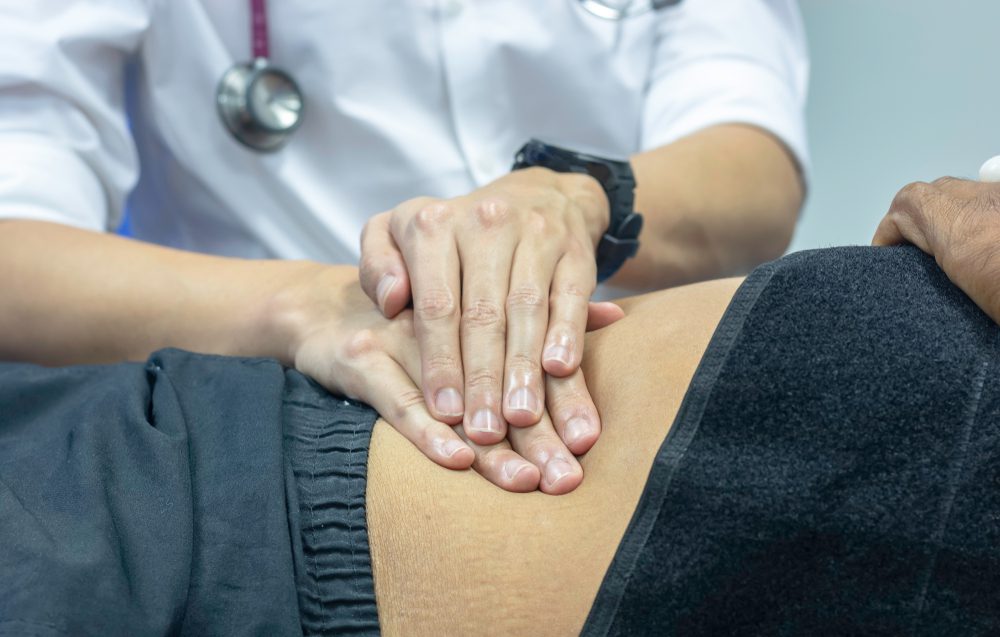
Can you check if you have appendicitis at home?
If you notice any of the symptoms of appendicitis, you should go to the doctor immediately and get checked for it. If you want to know some methods healthcare providers use to identify appendicitis, we can suggest some.
The location of the pain can provide important information, particularly if it starts at your navel and typically progresses to your lower right abdomen. But for some people, their pain is felt elsewhere.
The most common location where the appendix is found is McBurney’s point. If that area feels tender, it can indicate the presence of appendicitis. This is the first thing that any healthcare provider will check.
They locate it by measuring the distance between your belly button and your ASIS, a bony protrusion located close to your hip. One-third of the way along the line, or around two inches, is where McBurney’s point is.
If it happens that your appendix is behind your colon rather than in front of it, when you develop appendicitis, the inflammation could irritate a muscle known as the psoas muscle. If you want to find this muscle by yourself, you need to first flex your right hip. This will shorten the muscle, and it will also alleviate the pain.
A medical professional could attempt to twist or stretch your right hip. If it aches, this is known as the psoas sign.
After appendicitis surgery, there is a specific diet that needs to be followed. Here is a book that might help you with that: APPENDICITIS DIET COOKBOOK: The ultimate book guide on appendicitis diet and cookbook for a healthy lifestyle.
You should also read: Colonoscopy Prep: 9 Things You Should Know About the Procedure













